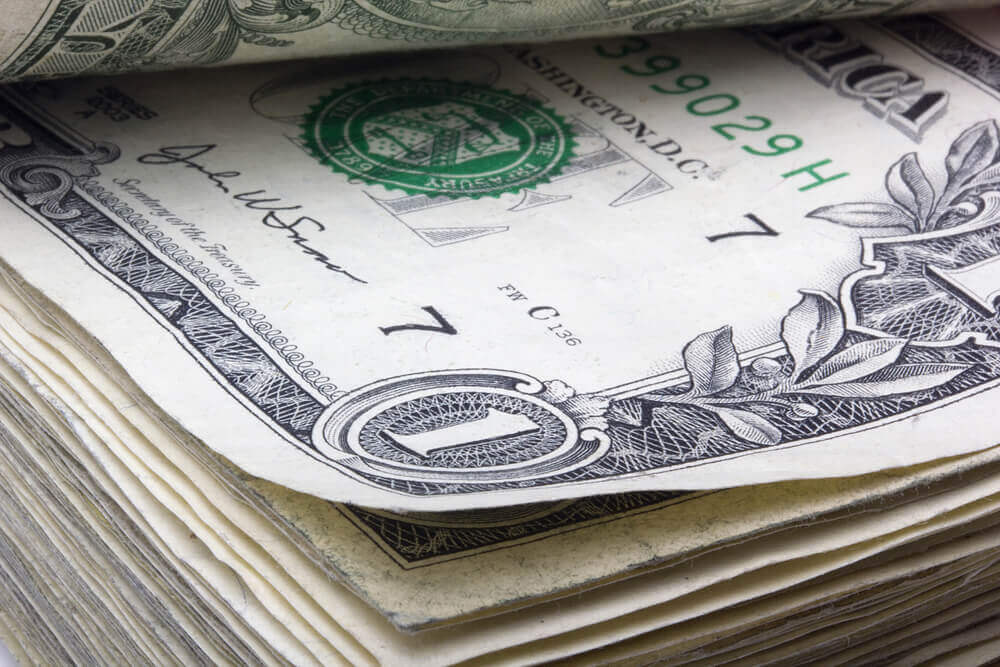
Dollar Jumbled as Chinese Stimulus Papers
In early trading on Monday, the dollar was mixed versus the developed-market peers in the FX Markets. The matter happened after striking a new four-month high in overnight trading.
Moreover, the greenback was also a touch weaker counter to the Chinese yuan.
The decline was after the People’s Bank of China added to its already widespread stimulus measures since the plague of the Covid-19 virus in reducing its medium-term financing rate to a new record low.
On the other side, the measures stimulated Chinese asset markets still further. It has been leaving the benchmark stock index where it was before the New Year holiday.
However, it has done little to elevate the ambiguity over the path of the Chinese economy as it battles with the virus outbreak.
The dollar index that tracks the dollar versus half a dozen developed-market currencies was at 99.007.
In addition, the upsurge was mostly to profits versus the Japanese yen in the wake of data demonstrating that the Japanese economy dwindles at an annual pace of 6.3% in the fourth quarter.
The figure was far inferior to the 3.7% drop in anticipation and came after a hike in the country’s consumption tax last October.
On a morning briefing, UBS Wealth Management chief economist Paul Donovan stated, “Annualization always exaggerates trends.”
He also noted that the one-off hits came from a sales tax rise in October and a subsequent typhoon.
- Check-out Financebrokerage’s comprehensive review on FXTM.
Further Movements in the Forex Market
Elsewhere, in some forex trading, the USD/JPY pair was at 109.86, up and about by 0.1%.
The dollar was also a touch firmer versus Sterling at $1.3029. Moreover, the EUR/USD pair inched up from last week’s slumps to $1.0838.
Today, trading is on the expectation to be comparatively quiet, not just for the reason that it’s the U.S. President’s Day holiday.
In addition, it was because of key business sentiment surveys later in the week.
Last Friday, “Flash” purchasing administrators’ indices from IHS Markit were on due schedule.
At the weekend, Nordea analyst Martin Enlund contends in a note that the euro may be close to its near-term lows.
Enlund wrote, “Hard data looks terrible in Germany, but maybe we shouldn’t care too much about it?”
He added that the usually-reliable Ifo assessment “suggests that we are close to peak negativity around German hard data.”
However, he recognized a risk that the euro’s decrease may perhaps prompt further U.S. tariffs from President Donald Trump. It is an action that may possibly prevent any euro turnaround in its tracks.




